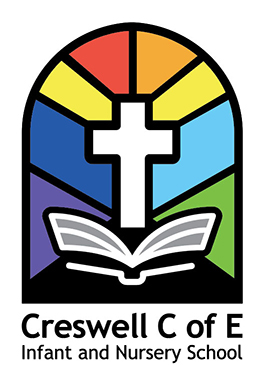What is Essential Letter and Sounds (ELS).
Essential Letters and Sounds (ELS) is our chosen Synthetic Phonics programme. The principle of ELS is ‘Getting All Children to Read Well, Quickly’. It teaches children to read by identifying the phonemes (the smallest unit of sound) and graphemes (the written version of the sound) within words and using these to read words.
What is Synthetic Phonics?
Synthetic phonics is a way of teaching children to read. It teaches children how sounds are represented by written letters. Children are taught to read words by blending these sounds together to make words.
For example, they will be taught that the letters ‘m-a-t’ blend together to make ‘mat’. A synthetic phonics programme, such as ELS, is a programme for teaching these sounds in Reception and Year 1.
How is ELS taught in school?
With ELS, there is a daily phonics lesson where the teacher teaches a new sound, or reviews sounds learned earlier in the week.
Children learn the letters that represent the sounds. They are then asked to read words and sentences with the new sounds in. Children will also practise writing the letters that represent the sounds.
New sounds are taught each day, with some review days and weeks to supprt the children practise what they have learned. Click below to reveal the sounds your child will learn in ELS.
How should the sounds be pronounced?
Children learn to read letters or groups of letters by saying the sounds they represent. Pronounce the sounds as you would say them within a word. We must use pure sounds when we are pronouncing the sounds and supporting children in reading words (so for ‘m’ say ‘mm’ not ‘muh’ and for ‘l’ say ‘ull’ not ‘luh’). The videos below show you how to pronounce the sounds.. Please watch the videos below for how to accurately pronounce these sounds.
If you want to listen to each sound on its own, you can see examples and hear the sounds as part of different words on this sounds page.
Phase 2 Pronunciation
Phase 3 Pronunciation
Supporting Reading at Home:
Practising the sounds
You can support your child practise the sounds they have been learning at school. Download the charts linked above (under What order are the sounds taught in?) so you can practice the sounds they’ll be taught. You can show these to your child with the picture to help them remember.
Blending
After children learn to read some sounds separately, they can start blending them together to form simple words. Take a look at the video below for ideas on how you can practise word blending with your child.
Reading decodable books
Your child will bring home reading books with words that use the sounds they have been learning that week. You may hear these reading books called ‘decodable books’. Use the prompts inside the front and back covers to enjoy the book together and support your child practise reading.
Phonics: How to Blend Sounds to Read Words
English Curriculum Statement
Reading Progression Grid
Our carefully sequenced Progression Grids have been developed by subject leaders at our school. They outline key knowledge, skills and vocabulary the children will develop in each subject in each year from Nursery to Year 2. These plans are subject to change as we continually hone and develop our curriculum to ensure they are the best they can be to meet the needs of our children.
